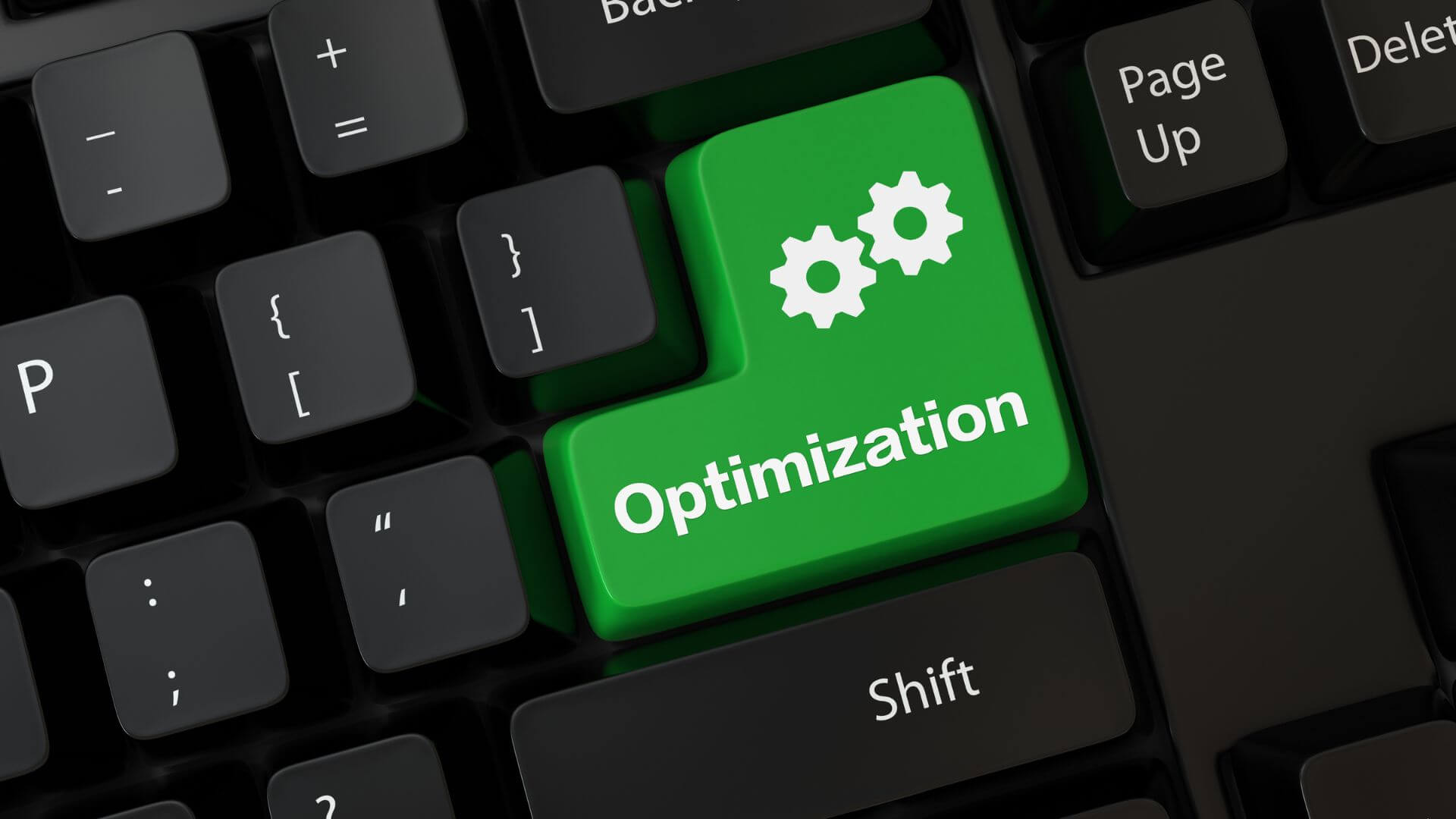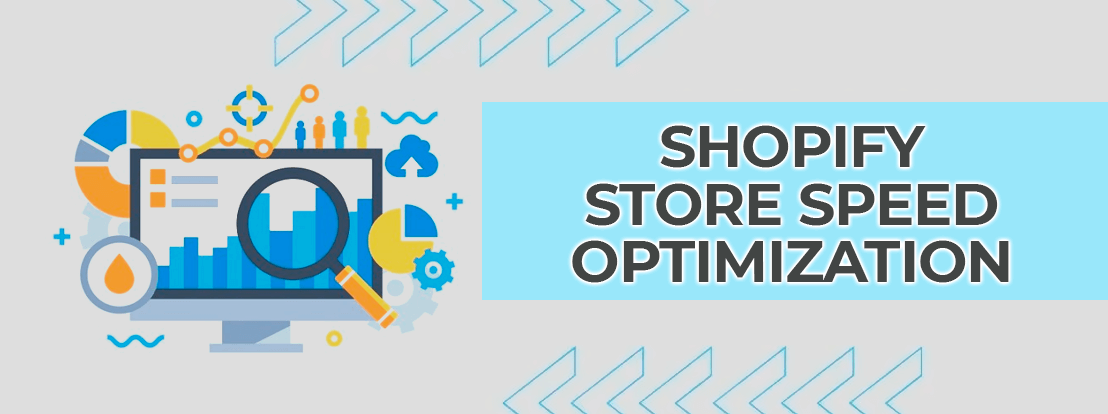Optimizing the speed of a Shopify store, i.e. the loading speed of a Shopify store is a critical factor in the success of your Shopify online store. Today’s customers expect a fast and smooth shopping experience, and if your site loads slowly, you’re likely to lose sales and consumer confidence.
In this article, we’ll explore advanced strategies and practices for optimizing the speed of your Shopify store, which will improve customer satisfaction, increase conversions, and help your store stand out in a competitive marketplace.
Table of contents
Choose a Speed Optimized Shopify Store Theme
The design of your store theme plays a vital role in the loading speed. Opt for a theme that is specially designed for speed and performance.
Optimized themes are designed to be lightweight, efficient and fast in their performance. Avoid themes that contain excessive features or that don’t fit the specific needs of your store, as they can slow down page loading.
Compress and Optimize Images
High-resolution images are essential for displaying your products attractively, but large image files can cause your site to load slowly.
Use image compression tools to reduce the size of your images without sacrificing visual quality. Shopify offers image optimization options that will help you maintain high image quality while reducing file weight.
Use a Reliable Hosting Service
Web hosting is a critical part of the speed equation. Make sure you choose a reliable web hosting service that offers high-performance servers and enough bandwidth to handle your store traffic. Shopify offers its own hosting service, ensuring that your store is hosted on an ecommerce-optimized infrastructure.
Minimize App Usage to optimize speed for Shopify stores
Third-party apps can add valuable functionality to your store, but each of them can introduce additional code and slow down loading speed.
Regularly review the apps you have installed and remove those that are not essential. You can also look for lighter alternatives or integrate functionality directly into your theme to avoid overuse of apps.
Enable GZIP Compression
GZIP compression is a technique that reduces the size of CSS, JavaScript and HTML files before they are transferred to the visitor’s browser.
Enabling this compression can significantly reduce the loading times of your pages and optimize the speed of shopify stores, especially on slower internet connections.

Use a Content Delivery Network (CDN)
A CDN caches your store’s content on servers distributed around the world.
This means that when a visitor accesses your site, it loads from a nearby server instead of your main server, reducing latency and improving loading speed. Shopify has integration with several popular CDNs to facilitate this optimization.
Minimize the Use of Redirects
Every redirect on your site adds time to the loading process. Avoid unnecessary redirects and make sure those that are necessary are as direct as possible.
Also avoid redirect chains, where several redirects occur in sequence, as they can be especially detrimental to speed.
Test Speed Regularly
Don’t forget to perform regular speed tests to evaluate your store’s performance. Use speed testing tools such as Google PageSpeed Insights or GTmetrix to identify areas of improvement and measure the impact of optimizations made.
Conclusion
Speed optimization in your Shopify store is essential to deliver an exceptional shopping experience to your customers.
A faster online store not only improves conversion rates, but also influences customer retention and brand awareness. By applying these advanced strategies and practices, you ensure that your site loads quickly, which will generate satisfied customers and a competitive advantage in the competitive world of e-commerce.
Speed is critical to customer retention and acquisition in modern e-commerce, so be sure to invest time and resources in optimizing it. At IDX Innovadeluxe, we are ready to help you optimize the speed of your shopify store.




Deja un comentario